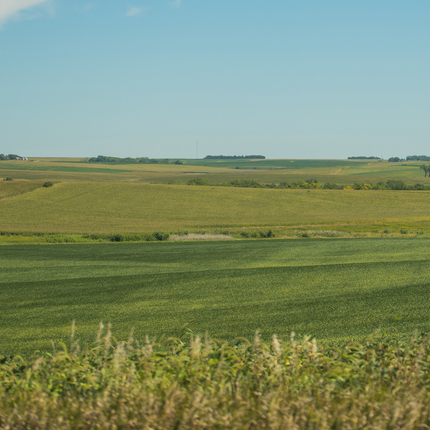By Eric Galatas, Public News Service (Nebraska)
The Conservation Stewardship Program in Nebraska is open for applications.
Jim Dallegge, a farmer and rancher in Butler County, just ended his second five-year contract with the federal program, which gives financial and technical assistance for conservation efforts, like improving soil health and water quality.
Dallegge credited the program for a host of upgrades to his operations, including the purchase of a GPS guidance system for targeted spraying.
His advice for people leaning toward submitting an application?
"Definitely do it," Dallegge urged. "I mean, it's a no-brainer, really. It helps with the environment; it'll help your farm with nitrogen management, with soil no-till, with helping your soil, with helping the water quality."
Dallegge also tapped the program to improve irrigation scheduling and rotational cattle grazing. Each year, participating farmers also receive what Dallegge calls "significant" financial payments through the program.
Initial paperwork for an application can be submitted through the nearest Natural Resources Conservation Service office, and must be received by Nov. 20.
Andrea Hartman, policy assistant at the Center for Rural Affairs, said producers selected for the program are teamed up with a technician to develop a plan specific to each operation.
Ranchers in the western part of the state might create rotational grazing and brush-management plans, for example, while farmers in the east could focus on cover crops and no-till.
Hartman added establishing conservation practices is playing the long game.
"Enrolling in a conservation program like this, it's really looking toward the future and how viable your operation will be," Hartman explained. "Not just in five years, but in 10 or 20, or 50 years."
The program also helps preserve wildlife habitat, and Dallegge said he's especially proud of his pollinator garden, converted from a rough corner of land that was hard to farm.
He hopes other farmers consider setting aside a patch of ground, to give pollinators that migrate for hundreds of miles a place to land and refuel.
"The monarch butterflies are kind of disappearing, and boy, it was just loaded with monarch butterflies this year," Dallegge observed. "And other kind of butterflies too, plus bumblebees and bees, and I think that's a real benefit."
Click here to listen to the interview.





